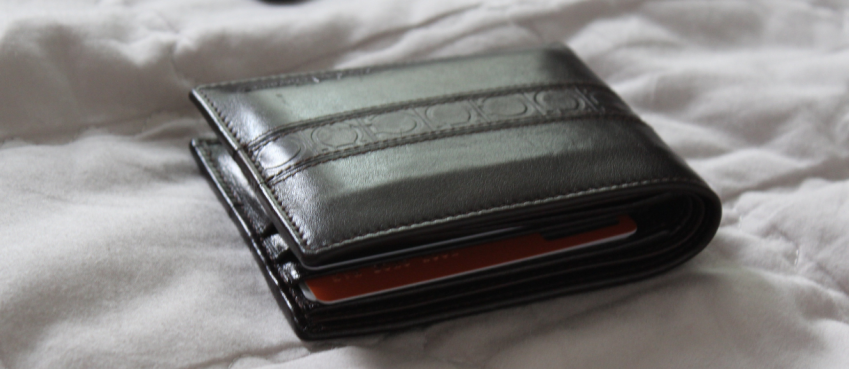
Often people doing more editing and graphic stuff know the importance of 16-bit images as it carries significant cruciality.
From vibrant landscapes to intricate portraits, the depth and quality of visuals are greatly enhanced by these 16-bit images.
Let’s delve into the guide and learn most things about 16-bit images.
Don’t forget to read my conclusion in the end.
What Is A 16-Bit Image In Pixels?
Generally, an image with 16-bit color accuracy represents 65,536 levels of colors and tones. It is also said to be a high color image, or a 32K color image.
In addition to this, an RGB image that has 16 bits, it can hold (65536 × 65536 × 65536) up to 281 trillion colors in total.
Unlike the more common 8-bit images, which offer 256 possible colors, 16-bit images astound us with an impressive 65,536 color possibilities.
How Big Is A 16-Bit Image?
A 16-bit image is really big in terms of color capitalization. An image that has 16-bit of RGB could hold 281 trillion colors in total.
This broader spectrum ensures a smoother transition between colors, resulting in visuals that mirror reality with astonishing fidelity.
8-Bit vs 16-Bit: What Are The Key Differences?
8-bit and 16-bit are terms commonly used in the context of computer architecture, data representation, and graphics.
These terms refer to the number of bits used to represent a piece of information, such as a pixel in an image or a unit of data in a computer system.
Here are the key differences between 8-bit and 16-bit:
Bit Depth
- 8-bit: Represents data using 8 binary digits (bits), allowing for a total of 2^8 (256) possible values. This is often used to represent colors in images or audio samples with limited precision.
- 16-bit: Uses 16 bits to represent data, yielding 2^16 (65,536) possible values. This provides higher precision and is commonly used in graphics, audio, and computing applications.
Color Depth
- 8-bit: In images, an 8-bit color depth allows for 256 different colors to be displayed. This limitation can result in color banding and reduced color accuracy.
- 16-bit: With a 16-bit color depth, images can display a much larger range of colors, leading to smoother gradients and more accurate color representation.
Graphics and Images
- 8-bit: Commonly associated with older video game consoles and computer systems from the past. Graphics with an 8-bit color palette can have a distinct retro aesthetic.
- 16-bit: Offers improved graphical capabilities compared to 8-bit systems. This was a significant advancement in the quality of graphics for video games and computer displays.
Audio Quality
- 8-bit: In audio, an 8-bit representation can lead to noticeable quantization noise and reduced dynamic range, resulting in lower audio quality.
- 16-bit: Provides higher fidelity audio with less quantization noise and a wider dynamic range, making it the standard for audio playback and recording.
Data Processing
- 8-bit: Suitable for simple tasks and applications where precision is not critical, such as basic microcontrollers or simple graphical displays.
- 16-bit: Offers more accuracy and is better suited for more complex computations, data manipulation, and tasks that require higher precision.
Memory Usage
- 8-bit: Requires less memory compared to 16-bit representations, making it more efficient in terms of storage and memory usage.
- 16-bit: Uses more memory due to the higher number of bits used to represent each piece of data.
In summary, the key differences between 8-bit and 16-bit lie in their precision, color representation, graphics capabilities, audio quality, and suitability for different types of tasks.
While 8-bit systems are associated with a nostalgic charm and simpler applications, 16-bit systems offer improved accuracy and quality, making them more suitable for modern computing and multimedia experiences.
Conclusion
Many professionals recommend taking pictures in 16-bit of color accuracy readout as it helps them in better color editing and tone corrections. For this reason, professional rely on best mirrorless cameras that offer 16-bit color accuracy.
With its unparalleled color depth, lifelike visuals, and diverse applications, they have redefined the way we perceive and capture the world around us.
Frequently Asked Questions
What are 16-bit images?
16-bit images refer to digital images with a color depth that allows for 65,536 unique colors per pixel, resulting in high-quality and realistic visuals.
How do 16-bit images differ from 8-bit images?
The key difference lies in color depth. While 8-bit images offer 256 colors, 16-bit images boast an impressive 65536 colors.
Can I convert an 8-bit image into a 16-bit image?
Converting an 8-bit image into a 16-bit image doesn't magically increase the available colors.
Are there any downsides to using 16-bit images?
One potential downside is larger file sizes compared to 8-bit images, which can require more storage space and processing power.
Top 10 News
-
01
[10 BEST] AI Influencer Generator Apps Trending Right Now
Monday March 17, 2025
-
02
The 10 Best Companies Providing Electric Fencing For Busines...
Tuesday March 11, 2025
-
03
Top 10 Social Security Fairness Act Benefits In 2025
Wednesday March 5, 2025
-
04
Top 10 AI Infrastructure Companies In The World
Tuesday February 11, 2025
-
05
What Are Top 10 Blood Thinners To Minimize Heart Disease?
Wednesday January 22, 2025
-
06
10 Top-Rated AI Hugging Video Generator (Turn Images Into Ki...
Monday December 23, 2024
-
07
10 Top-Rated Face Swap AI Tools (Swap Photo & Video Ins...
Friday December 20, 2024
-
08
10 Exciting iPhone 16 Features You Can Try Right Now
Tuesday November 19, 2024
-
09
10 Best Anatomy Apps For Physiologist Beginners
Tuesday November 12, 2024
-
10
Top 10 Websites And Apps Like Thumbtack
Tuesday November 5, 2024







